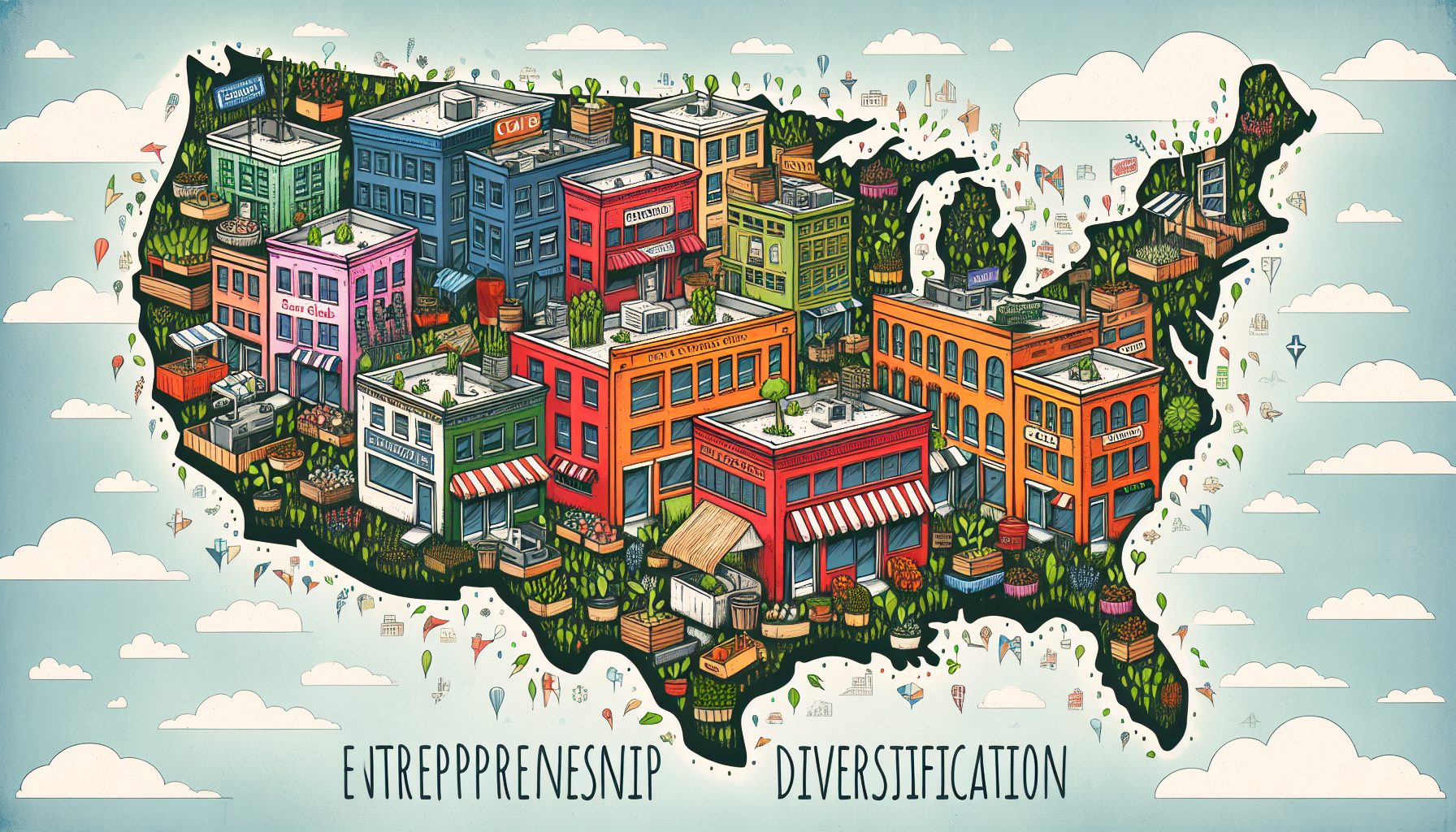Twelve hundred of the 3,700 employees who work for Bruce Power, a utility company in Tiverton, Ontario, are eligible to retire in the next three years. CEO Duncan Hawthorne sees that as a threat—and an opportunity.
The opportunity: Infuse Canada’s first private nuclear power generator with new blood, thinking and technical skills.
The threat: Retirees leave with more than two decades of knowledge about Bruce Power’s reactors, how those units are maintained, and all the little items—such as the quirks of an aging steam generator and ways to weld metals that have been altered by extreme heat—that can’t be found in textbooks.
Simply put, the generator of 20% of Ontario’s power could come apart almost literally at its seams.
Hawthorne can, of course, afford to lose the retirees’ salaries. What he can’t afford to lose is what’s in their heads.
“These workers were here in the mid-1970s when the site was commissioned and the boilers were installed,” Hawthorne says. “They have the full history. We can replace the certifications, but not the tricks of the trade and the skills of a craftsman. We don’t want to lose that corporate knowledge.”
His answer? Making “sure we’ve sucked dry the experience of workers before they leave.” His tool? A knowledge database created using Kana Software’s IQ application. When finished, the company will have access to information on everything from how to weld steam-pipe fittings and their supports, to how to perform an exit interview properly, to workarounds for repairing an office printer.
A knowledge management project might seem like a no-brainer, but it’s hard to quantify, according to Jim Murphy, an analyst at AMR Research. First, a system has to be developed so it can apply to multiple parts of the business such as human resources and plant maintenance. Then you need employees to use the system and deliver their knowledge by inputting tips into a Web form. Even if that goes well, measuring returns on sharing experience and saving time isn’t easy.
Nevertheless, Murphy says knowledge management software is being used in businesses that have a large number of pending retirees, and where operating efficiencies or a competitive advantage such as a novel R&D technique can be promised. A pharmaceutical company, for instance, can’t just let the scientist who has developed a patented drug defect to a rival.
The rub: “It’s an inexact way of approaching the problem, but it’s better than nothing,” Murphy says.
Hawthorne says most of Bruce Power’s returns are anecdotal—a crew, say, that used information from the knowledge base to save an hour on a reactor repair. But there aren’t any hard numbers linking knowledge management to the end result. “We track work crew tasks, compare crews and look at errors and time to completion, but it’s hard to say how much can be attributed directly to knowledge management,” he says.
However, Hawthorne sees knowledge management as a necessity. And supervisors can create and maintain metrics that will give some idea of the benefits produced.
Murphy says most companies using knowledge management software try to calculate returns based on phone calls saved, time saved—say, 15 minutes a day—or lower training costs.
But that assumes you could put a value on saved time, and employees used the time for work. “If I had an extra 4 minutes a day, what would I really do with it?” Murphy asks.
Hawthorne went ahead with the knowledge management project because it serves as an insurance policy. “We can never be in a position of not knowing how to do something,” he says. “This allows older workers to pass along skills and help train future workers.”
Christophe Michel, manager of technology solutions at Bruce Power, says the company began its knowledge management rollout slowly in early 2002 by focusing on human resources. The problem: Bruce Power had too many phone calls about policies governing vacation time and benefits. The fix was developing a portal that could handle the most basic questions and free up managers for more complicated queries.
The project, completed in November 2002, served as a template for a dozen areas, ranging from welding to strategic issues such as company positions on the environment and technology support.
According to Michel, each knowledge base has the same look and feel, and includes Web forms to allow workers to input “knowledge deliverables” about a specific activity. For instance, a report on a turbine repair would include the job, time to complete it, and details on any hurdles such as metal that unexpectedly fused and how they were overcome. The data is shared across the company and, in some cases, the nuclear power industry, which shares information about plant operations since the Three Mile Island meltdown in 1979.
The challenge is convincing employees that sharing knowledge about something like maintaining the brackets that hold steam pipes in a generator is important. “The success of knowledge management might be 20% to 30% technology, and the rest is process and culture,” Michel says. “The most significant hurdle is changing the attitudes toward daily work.”
Hawthorne says the goal is to capture data on jobs that don’t occur daily, say, restarting a steam generator after an outage. He says that knowledge is the most likely information to be lost as retirees walk off into the sunset.
If all goes well, Hawthorne says Bruce Power will retain its corporate culture and provide road maps to do both routine and once-in-a-decade tasks. Hawthorne likens knowledge management to the difference between getting directions from Mapquest and a local truck driver.
“You can print a map that gives you a route; that’s easy,” Hawthorne says. “But that route won’t tell you where the construction is unless you get directions from someone who has traveled that route. We’re trying to retain that knowledge.”
| |||||||||||||||||||||||||||||||||||||||||||||||||||||||||||||








